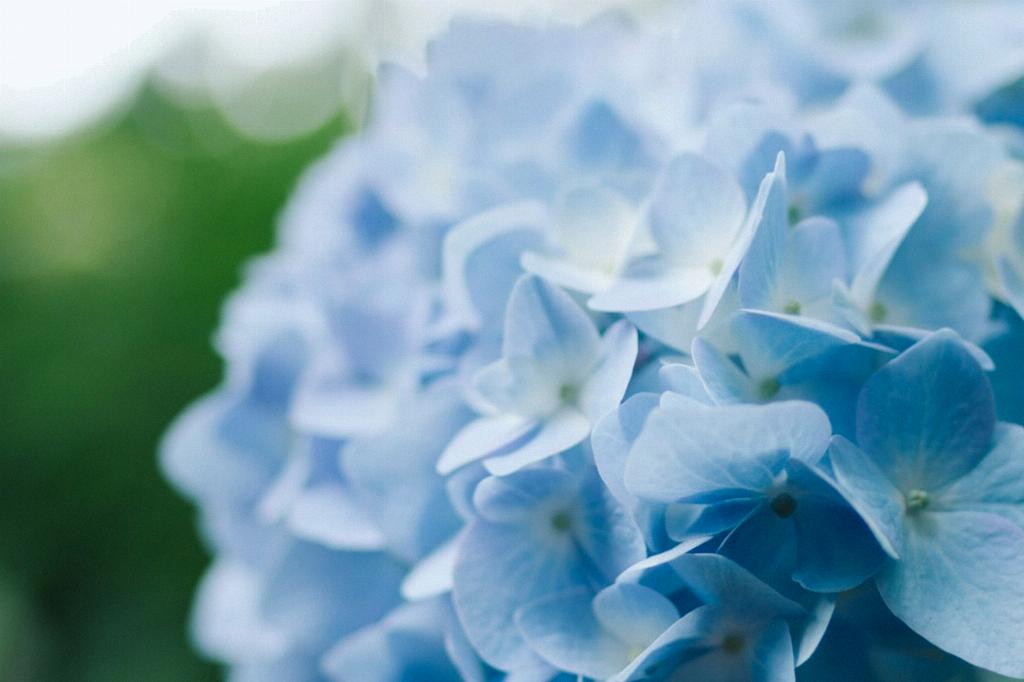Pruning hydrangeas is a crucial step in maintaining the health and beauty of these beloved plants in your garden. With the correct approach and timing, you can ensure that your hydrangea bushes bloom abundantly year after year.
When it comes to pruning hydrangea bushes, timing is key. It’s essential to know the type of hydrangea you have, as different varieties bloom on old wood or new growth. For those that bloom on old wood, such as mophead and lacecap hydrangeas, pruning should be done immediately after flowering in summer.
On the other hand, hydrangeas that bloom on new wood, like panicle and smooth hydrangeas, can be pruned in late winter or early spring before new growth begins. This timing allows the plant to focus its energy on producing new blooms rather than repairing damage.
One of the most important pruning techniques for hydrangea bushes is the heading cut. This involves cutting stems back to just above a plump bud, which encourages branching and new growth. By making clean cuts at a 45-degree angle, you help the plant heal faster and reduce the risk of disease.
For overgrown or crowded hydrangea bushes, rejuvenation pruning may be necessary. This involves cutting back one-third of the oldest stems to the base of the plant to promote new growth and improve overall plant health. Rejuvenation pruning is best done in late winter or early spring.
It’s important to use sharp, clean pruning shears when working on hydrangea bushes to prevent tearing and damage to the plant. Before starting, disinfect your tools with rubbing alcohol to reduce the risk of spreading diseases between plants.
When pruning hydrangeas, always aim to create an open, airy structure that allows sunlight and air circulation to reach all parts of the plant. This helps prevent diseases like powdery mildew and encourages healthy growth and abundant blooming.
After pruning your hydrangea bushes, be sure to clean up any debris around the base of the plants to reduce the risk of pests and diseases. Dispose of any pruned material properly, either in a compost pile or through municipal waste collection.
Remember that not all hydrangeas require pruning each year. Some varieties, like oakleaf hydrangeas, are best left unpruned except to remove dead or damaged wood. Always research the specific needs of your hydrangea variety before embarking on a pruning regimen.
Regular pruning of hydrangea bushes not only maintains their shape and size but also promotes vigorous growth and profuse flowering. By following the right timing and techniques for your specific hydrangea variety, you can enjoy a garden filled with beautiful, healthy hydrangea blooms.

